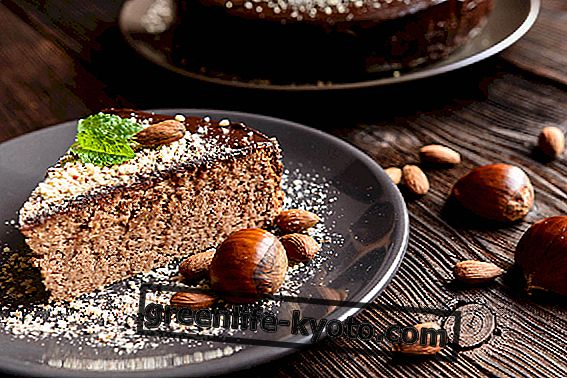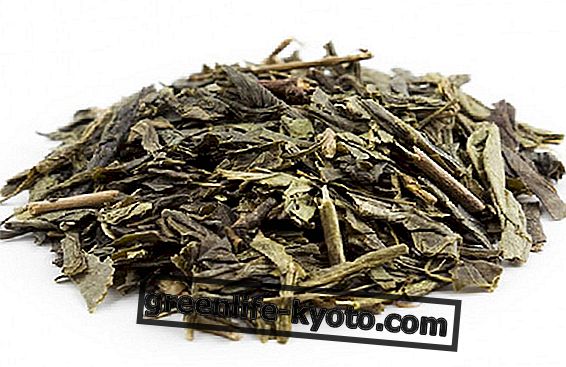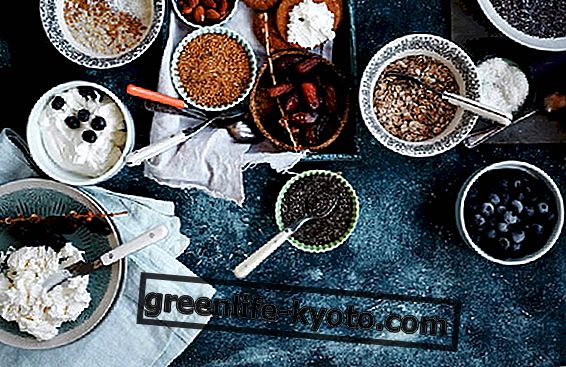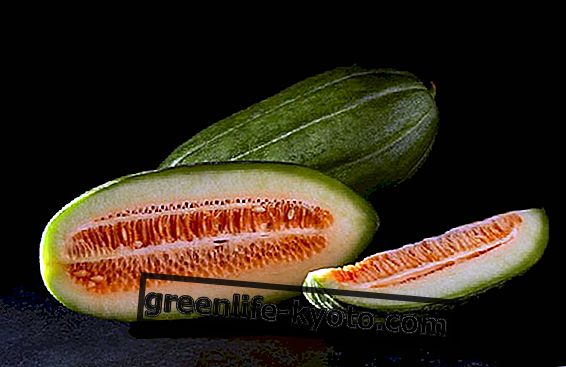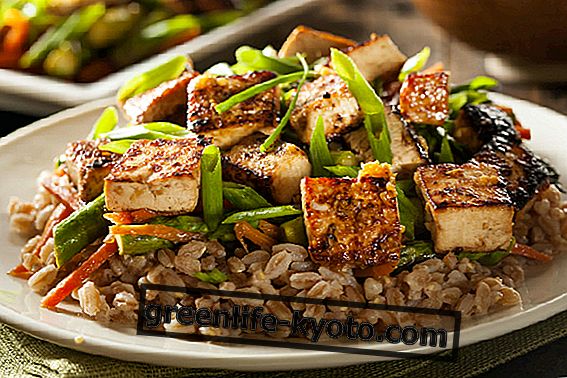Longan, a fruit native to Indochina, contains vitamin C and trace elements. Rich in useful food to facilitate the work of the intestine, it also helps memory and the heart. Let's find out better.

Description of the fruit
The longan ( Dimocarpus longan ) can be considered more or less as a minor "cousin" of the much more famous litchi and rambutan, also belonging to the Sapindaceae family .
Rarely present on the counters of ethnic shops or exotic fruit markets in Europe, it is instead an important fruit for the kitchens of the countries of the area of origin, namely the Indochinese, and for some areas of the Caribbean, Australia and United States.
It is distinguished from the aforementioned cousins due to the rind, brownish and smooth, due to the size, generally smaller than the other two fruits, and to the taste, with a distinguishable aroma, less floral and sometimes comparable to the smell of certain mushrooms.
Longan, ally of
Skin, blood, heart, spleen, liver, memory.
Calories, nutritional values and properties of the longan
The longan contains 60 kcal per 100 g.
Furthermore, 100 g of product contain:
- Fats 0.1 g
- Cholesterol 0 mg
- Sodium 0 mg
- Potassium 266 mg
- Carbohydrates 15 g
- Fibers 1.1 g
- Proteins 1.3 g
The fruit is a perfect source of vitamin C and contains good doses of riboflavin . It contains a wide range of trace elements among which potassium, magnesium, phosphorus and copper stand out the most. It has a very low fat content while containing dietary fiber useful to facilitate the work of the intestine.
In Chinese folk medicine it is considered a food that brings heat and can help the cardiovascular system, especially the spleen. It has calming and relaxing properties, so much so that it is helpful in case of palpitations, restless sleep, panic attacks, nervous hunger.
It is a good antioxidant and prevents signs of aging and is considered useful for the absorption of iron in the blood. It is attributed anti- fungal, pain-relieving, toning, anti-inflammatory properties .
The longan among the remedies for the health of the circulatory system: discover the others

Contraindications of the longan
The seeds are so rich in saponin that they are used in the countries of origin for washing clothes . Therefore it is good to use caution and avoid ingestion.
Curiosity
The name literally means "Dragon's eye".
There is a rather rare variety of longan called "green longan", greenish and with a studded skin, it is renowned for its unique flavor.
Studies published in the magazines Molecules and Innovative Food Sciennce end Emerging Technology report the presence in the longan of proteins able to raise the level of the immune system and grant the fruit the ability to prevent and fight some forms of cancer.
How to eat longan
First of all it is good to be able to recognize the right degree of maturity of the longan: the best indicator is the peel, which must not be completely soft.
The fruit must not be cracked nor must it have purple or brown spots, besides the pulp must be juicy and not dry, and as transparent as possible.
Once peeled the fruit can be eaten fresh or dehydrated : in that case the pulp will become completely brown, remembering the sultanas, and the taste will caramelize recalling that of the dates .
These dried longans can be added to the bread as real candied fruit or they can be infused for rather exotic teas.
In addition to this, ice-creams, sorbets, juices and liqueurs are produced with the longan; but it can also be used as an ingredient in soups and sweet and sour sauces typical of traditional Chinese and Thai cuisines.




